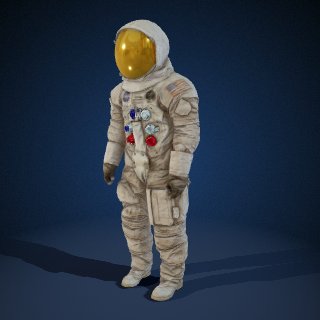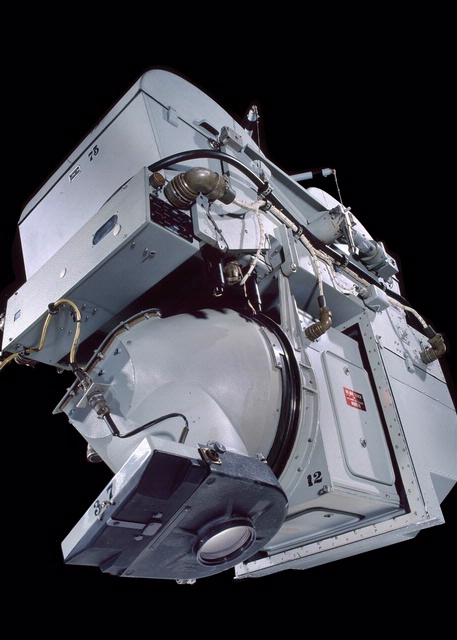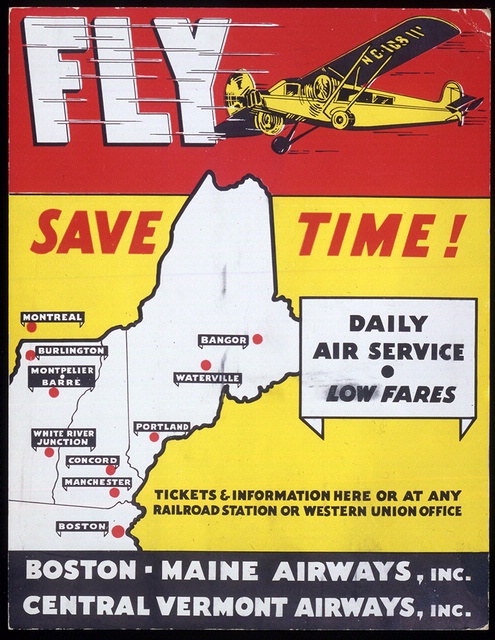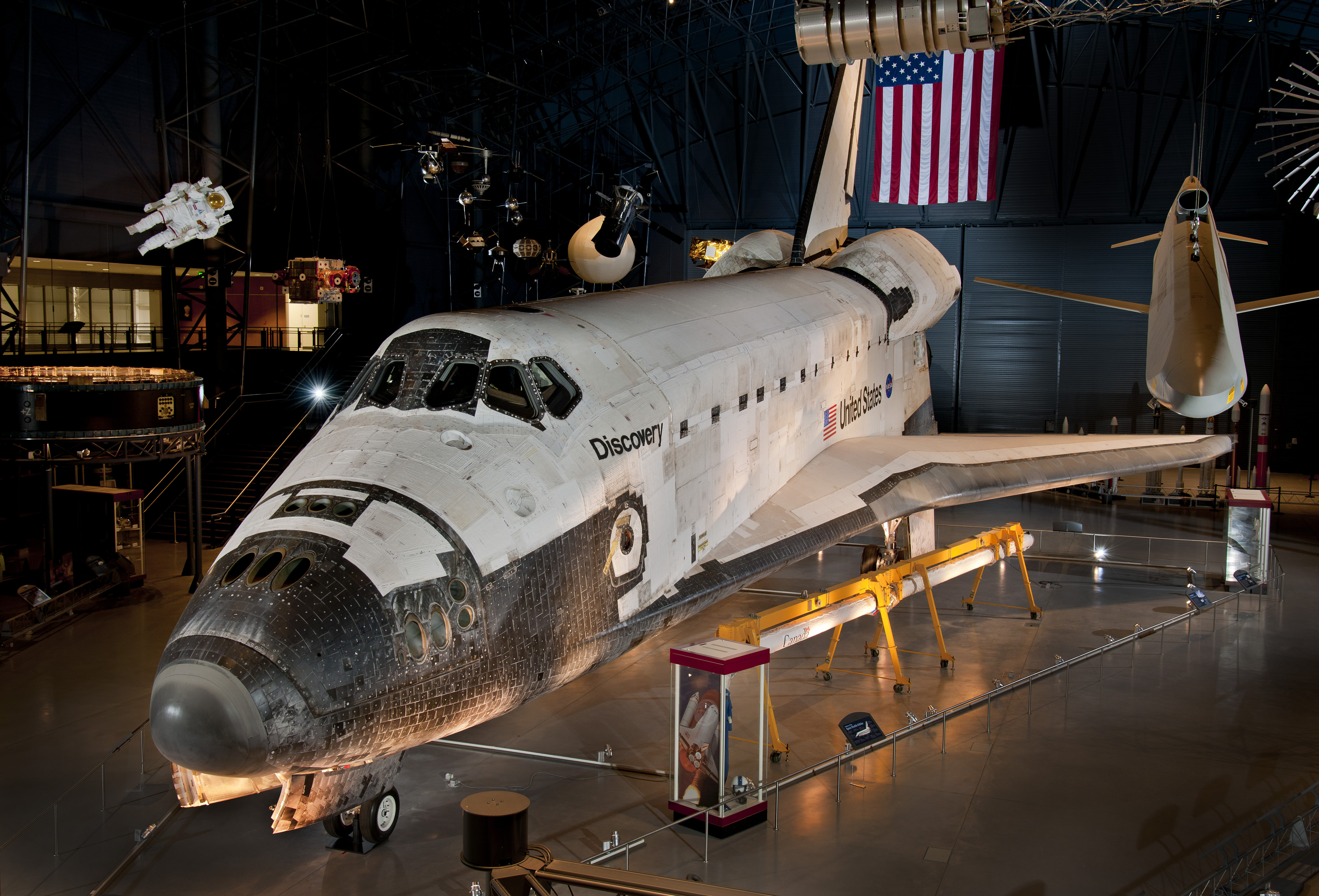Browse Object Groups

Featured Object Group
3D Objects
<p>3D models of historic objects from the National Air and Space Museum's collection, produced in partnership with the Smithsonian Institution's Digitization Program Office. <br></p>

Featured Object Group
Aerial Cameras
<p>The National Air and Space Museum’s aerial cameras have photographed or filmed birds, cold war secrets, the atomic bomb test at Bikini Atoll, Indian ruins in the American Southwest, and scenes from <em>Top Gun</em> and <em>The Great Waldo Pepper</em>.</p>
Featured Object Group
Aircraft
<p>Aircraft of the National Air and Space Museum.</p>

Featured Object Group
Apollo 11
<p>On July 20, 1969, astronauts Neil Armstrong and Buzz Aldrin landed in the Lunar Module <em>Eagle</em> and became the first humans to step foot on the lunar surface while astronaut Michael Collins orbited above inside the Command Module, <em>Columbia</em>.<br></p>
Featured Object Group
Collection Highlights at the National Air and Space Museum in DC
<p>A selection of well-known and world-renowned air and space artifacts currently on display at the National Air and Space Museum in Washington, DC. You can also view a <a data-mce-href="https://airandspace.si.edu/collections/collections-on-display?title=&exhibition=&location=washington, dc" href="https://airandspace.si.edu/collections/collections-on-display?title=&exhibition=&location=washington, dc">full list of objects on display</a>. <br></p>
Featured Object Group
Collection Highlights at the Udvar-Hazy Center in Virginia
<p>A selection of well-known and world-renowned air and space artifacts at the Udvar-Hazy Center in Chantilly, Virginia.<br></p>

Featured Object Group
Fly Now! The National Air and Space Museum Poster Collection
<p>Posters in the collection are significant both for their esthetic value and because they are a unique representation of the cultural, commercial and military history of aviation during a significant period of its technological and social development.</p>

Featured Object Group
Human Spaceflight
<p>The Human Spaceflight collection spans decades of achievements from the first U.S. manned Mercury missions through Apollo, the Space Shuttle, and the International Space Station.</p>
Featured Object Group
The Wright Brothers & The Invention of the Aerial Age
<p><em data-mce-style="font-style: italic;">The Wright Brothers & The Invention of the Aerial Age</em> explores who Wilbur and Orville Wright were, what they achieved and how they did it, and how the world first reacted to their revolutionary invention.</p>
Featured Object Group
Thomas W. Haas We All Fly
<p><em data-mce-style="font-style: italic;">Thomas W. Haas We All Fly</em> celebrates the breadth and depth of general aviation and its deep impact on society.</p>
